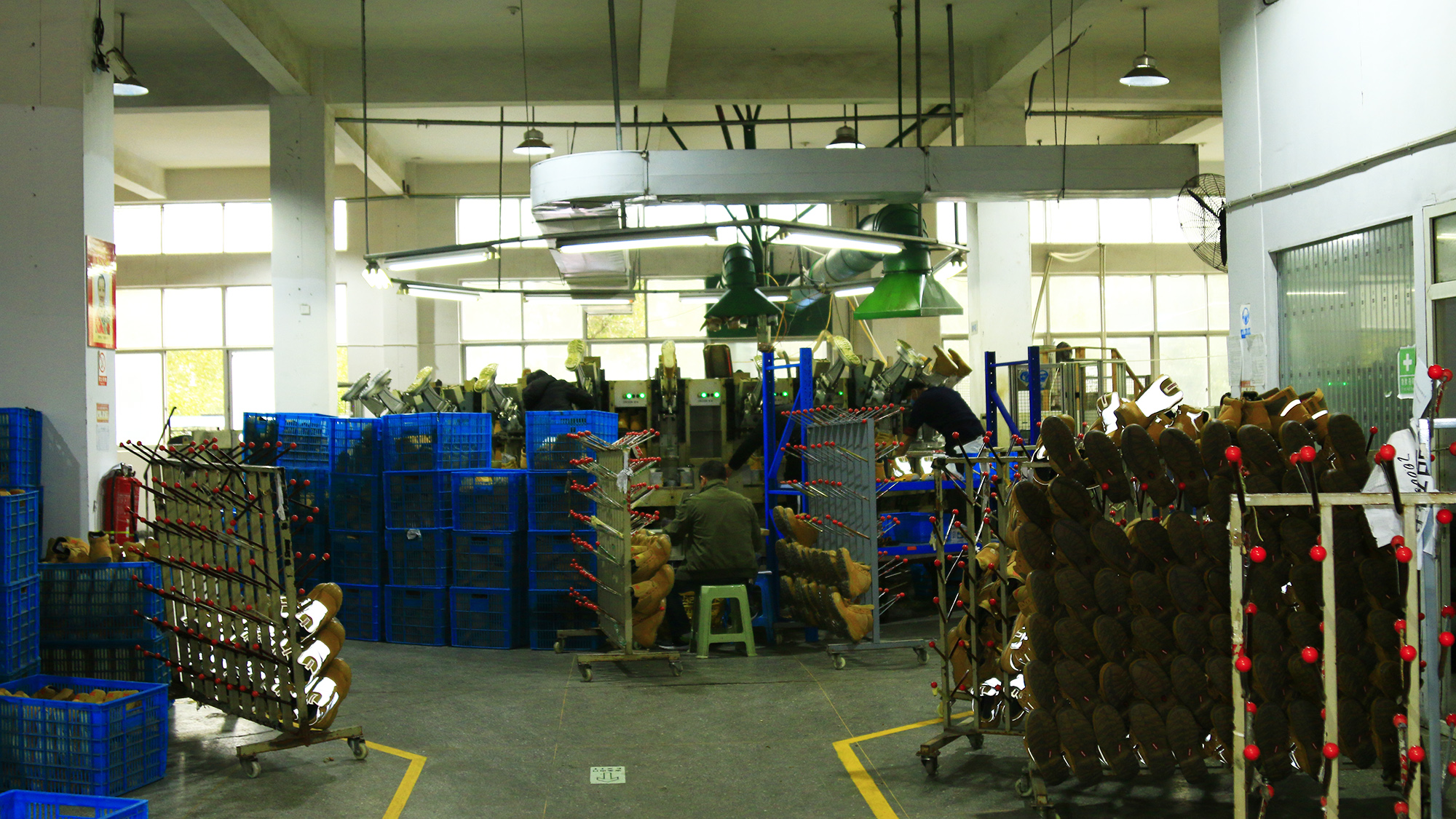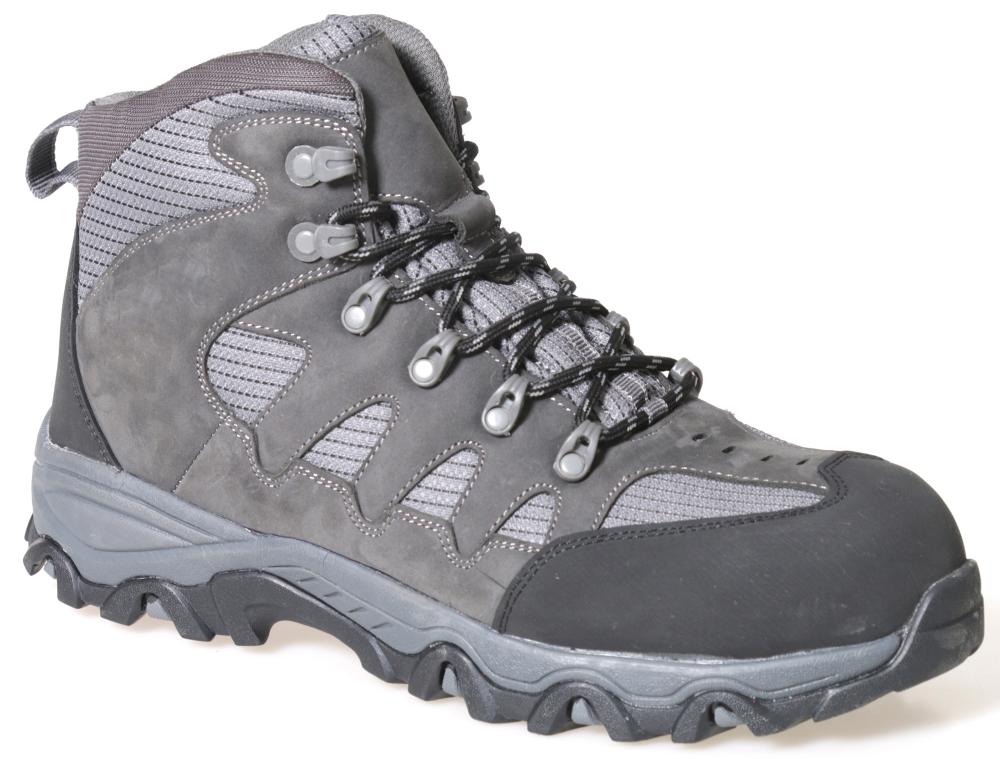
Privacy statement: Your privacy is very important to Us. Our company promises not to disclose your personal information to any external company with out your explicit permission.
![]() June 22, 2022
June 22, 2022
Labor insurance shoes, Safety Shoes production must grasp the output, quality. To do this, it is necessary to start with the most basic shoe mold, no matter how accurate the shape of the mold, or the structural strength is better, the steel material (RDS) used for the mold is of utmost importance.
The high quality RDS has a certain hardness specification (steel body and edge) and guaranteed bendability (angle and radius), usually the standard is: steel body hardness 38HRC, edge hardness 50HRC, the guaranteed angle is 60 degrees (within The thickness of the sealing corner is 2mm), and the guaranteed bending radius is 1mm.
RDS has different profiles, from general standard profiles to profiles that are adapted for special needs.

BE single layer cutting (leather); BD single layer cutting, double edge cutting left or right hand side only one mold; AE symmetrical profile of slitting shear machine; symmetrical double edge steel; TE-g multilayer cutting (fiber fabric, Hair, thread, artificial leather, etc.); SE-g hard material cutting (insole); ATE cutting multi-layer heavy-duty textile raw materials; BEN threaded die.
The purpose of double-edge steel (BD) is to reduce the need for special molds for shoes. Symmetric and identical parts can be cut from a single edge hard punch made of double-edge steel.
However, in this case the specific cutting edge bears the pressure generated by the punch, so special protective measures must be taken to avoid damage to the edges during handling and storage. If one side has been damaged, a higher pressure is needed to remove the damaged material. This increases the load of the edge when it is connected to the top of the thin plate of the switch, and this in turn creates a vicious circle of increasing pressure and leading to premature wear of the two edges.
It is necessary to avoid the use of excess pressure in the double-edge steel BD to achieve the best performance and to fully realize the full savings.

The correct choice of punching material:
Face leather - Natural protective upper leather is cut into single layers, so the profile of BE or BD is the most economical cutting method in this case.
Protective footwear insole, main heel, and reinforcement - Hard materials such as imitation leather cardboard or fibreboard are best cut using SE-g/SE-w profile cutters. The small slope in this profile reduces the internal pressure of the mold and makes the mold easy to clean.
Textile-machine-spun or non-woven textiles are usually cut in multiple layers. TE-g profiles are recommended because they facilitate the penetration of stacked materials with less stress. Serrated steel plates, such as TES-G, reduce pressure to a greater extent and are used in fabrics that are difficult to cut and stacked in thick layers to avoid "undercuts."
Leather soles, thick leatherettes and plastic sheets require high cutting pressure and thread-like molds. BE-N profiles are available in lightweight steel or traditional heavy forged steel plates.

Profiles affect punching quality: you can see the effect of the profile on the cutting quality under some typical conditions.
1. Cut leather with BE profile. The system is accurate and the cutting effect is good.
2. Cut double hardened artificial leather panels with BE profiles. The sheet is then over-squeezed, causing pressure inside the mold and pushing the steel plate to the outside. The cutting part becomes stiff and there is a difference in the size of "cut over" between the different layers, and the mold will be deformed.
3. The same system uses SE-g profiles. The small bevels on the inside of the profile can be cut directly through the layers of the carton to facilitate the cleaning of the mould.
4. The stacked fabric is cut in the BE mode of the RDS.
5. TE-g can also be used to accomplish the same task. This profile has a large inner slope, which facilitates neutralization of the pressure caused by the outer slope. This guarantees a direct cut in the case of multi-stacks without the 'cut' result shown in d.
Select the correct size:
In order to avoid the frequency need to change the cut pressure protection distance, the height of the RDS is usually determined by the specific conditions of the factory. A 32mm thick steel plate with 19mm is enough. And 19mm mold operation is easy, save space, and the price is economical.
When cutting thickly stacked multi-layer materials, 32 mm or even 50 mm steel plates must be used because the space in the mold must accommodate both the compressed stack and the demolded rubber. When cutting burrs on triangular-shaped parts, deep mold steel can also be used.
The thickness of the RDS also affects the stability of the mold, but there is no need to change the pressure protection distance. It also has an effect on bending performance, so a thickness of two millimeters is required to balance stability and flexibility (or elasticity). The 2.5 mm thickness can be used to increase the stability of large area molds or when the required pressure is greater. However, small bending ranges, small angle bends and complex shapes make it difficult to achieve operational requirements in this case.
The effect of profiles on cutting quality under typical conditions:
People take it for granted that the punch tools are just a few knives. They make holes in the upper part of the section for decoration or other purposes, and they are replaced by broken or polished edges. In fact, their types are varied, and their processing is also very professional.
Labor insurance shoe manufacturing needs punching tools that can be used for leather fiber or rubber cutting. Because of the variety of these materials, careful consideration must be given when designing these tubes. In order to ensure the close cooperation of the cutting machine and maintain the accuracy of the trimming, the precision and quality of the steel need to be high.
The elimination of cut debris is equally important. If the debris does not transfer smoothly, the build-up of material inside the pipe will cause the pressure to increase so as to burst the pipe. This will cause the upper layer to be destroyed until it is detected. It will stop production and replace the new pipe. Therefore, punching machine inner layer made of different profiles to match a variety of cutting materials.
Leather punchers also make a variety of trimming types according to different needs.
Copyright Notice: This article is reproduced from online media and represents only the author's opinion. It has nothing to do with this site. If news articles and comments infringe your legal rights, please call us and we will handle it in a timely manner.
The above is the Safety shoes, safety shoes mold steel is very important we have listed for you. You can submit the following form to obtain more industry information we provide for you.
You can visit our website or contact us, and we will provide the latest consultation and solutions
Send Inquiry

Privacy statement: Your privacy is very important to Us. Our company promises not to disclose your personal information to any external company with out your explicit permission.

Fill in more information so that we can get in touch with you faster
Privacy statement: Your privacy is very important to Us. Our company promises not to disclose your personal information to any external company with out your explicit permission.